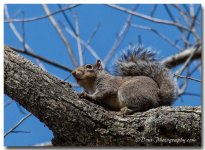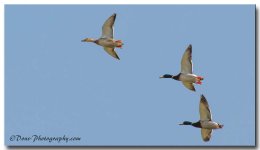Just one quick question...since I am shooting RAW and using Lightroom, is there any way to do this in Lightroom? If I open the RAW (or DNG) files in Photoshop first, what file format would I use to then import it into LR? The students' theater photos have such extremes between the dark areas of the stage vs the light colors of their faces that any adjustments to lighten the dark areas results in extra noise (last ones were shot at ISO 2000 so there is already some noise present). Any ideas on how I can make levels adjustments with RAW or DNG files in Lightroom?
OK, I've shown you how to do the levels-like adjustments in LR, but if you're using LR and Photoshop I highly recommend coming up with a workflow that makes sense for all your work. I believe LR's power is in its organization and catalog management - having full blown ACR at your fingertips is a major plus. So 100% of my work
starts in Lightroom. I import into Lightroom and apply lens profile correction as a default. From there, I make any WB adjustments as required and whatever other ACR-type light adjustments the photo needs. I
never do Noise Reduction in Lightroom or ACR as I find Nik's Dfine 2.0 to be a far superior tool (one of these day's I'll document what my brother did with Nik Dfine and how he's profiled every camera he has at each ISO setting so he can apply a predefined, perfectly adapted Dfine profile for that camera sensor and ISO level - he's a maniac). I also
never open a RAW file directly into Photoshop unless I'm working on someone else's stuff and don't want to import it into my catalog. So, I have all my NEF/DNG files in Lightroom with the ACR adjustments applied and stored in the LR Catalog.
Once I've applied the PS adjustments I save the file as a PSD file back into the LR catalog, and it will sort them together with the original NEF. Once I have this PSD file I almost never go back to the RAW file and will continue to work the PSD file until it's finished. When it is, I use it to produce my various JPEGs as required - either for sharing or for printing (I print from appropriately sized JPEG's, not from the PSD file).
Hope that helps.


